India's Glorious Textile Diversity
- 22nd Dec 2020
- 1939
- 0

India being a land of rich cultural history has so much to offer-in terms of food, festivals, customs, spirituality but did you know that it offers the most variety in handloom in the world.
India has a rich heritage of arts and crafts which reflects in its textile diversity. Every region has its own unique way of making the textile which reflects their philosophical or religious thoughts.
Prior to the mid-19th century, virtually all clothing was handmade for individuals, either as home production or on order from dressmakers and tailors. Different fabrics were woven, dyed and decorated by hand.
India is one of the largest textile sectors of the world and almost 95% of the handwoven fabrics used globally are produced in India. Realising the huge potential and need to preserve the vast cultural heritage of India the Union Minister Smriti Irani is developing ten Craft and Handloom Villages in the country with the aim of attracting tourists from across theglobe.
Several social media campaigns taken up recently have also been a key to spreading the popularity of Indian weaves globally. One of such initiatives is #TheIndiaILove and #SupportIndianDesigners by Masoom Minawala, Luxury fashion blogger, where she talks about various handlooms of India and promotes Indian designers by showcasing their designs.
Let me take you on a virtual tour of fabric heritage of India.
Block Printing
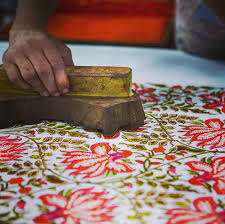
It is practiced in several parts of India. Artisans use wooden or metal blocks that our engraved, to print colourful patterns. The design may contain motifs of flowers, leaves, figures or geometric patterns.
Batik
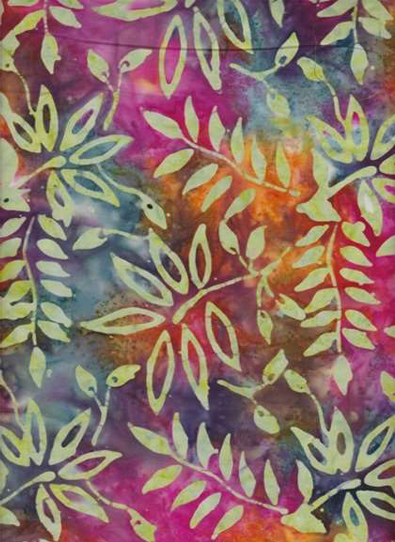
A dying technique wherein wax is used to cover the portions that are not required to be coloured, and the cloth is then dipped in dye. The result creates this visual magic on cloth.
Tie-dye or Bandhni
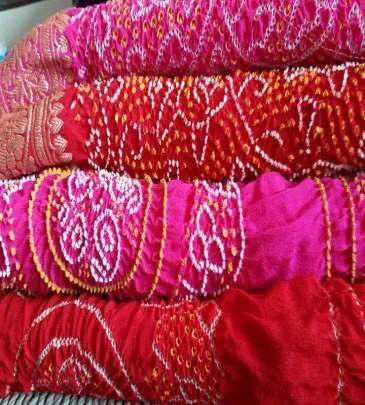
It originated in Gujrat and it characteristic of using bright bold colours to dye the fabric. The portions of cloth are tied with thread and then dyed creating beautiful patterns all over.
Kantha
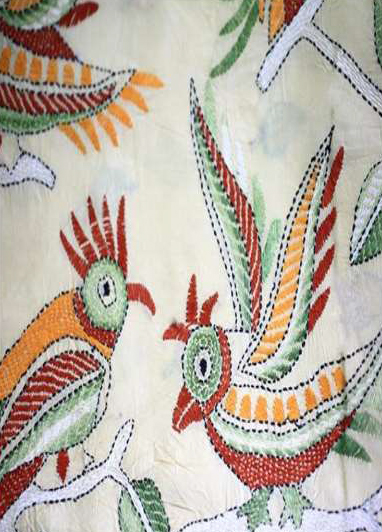
The beautiful Kantha embroidery of West Bengal uses the quilting or running stitch to create designs of goddesses, flowers, animals and geometric patterns.
Kalamkari

It is a combination of block printing and hand painting. The entire work is done by hand with a brush-like pen.
Ari Embroidery

The hook or ari embroidery of Kashmir is used to create floral patterns in chain stich. It is made using a long fine shaft ending in a fine hook.
Phulkari
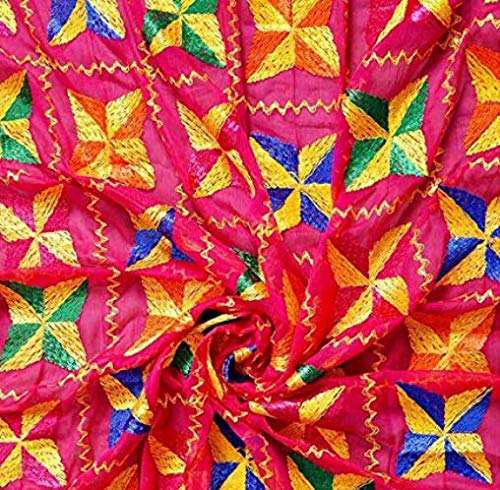
It originates from Punjab. The name itself means flower work. This technique uses a silk thread to make simple stiches and is characteristic of using bright colours.
Shisha or Mirrorwork

It involves attaching small mirrors to the fabric using embroidery. It originated in Gujrat and Rajasthan. This embroidery is characterized by a combination of cross satin and button-hole stitch, along with the mirrors.
Pochampally Ikat
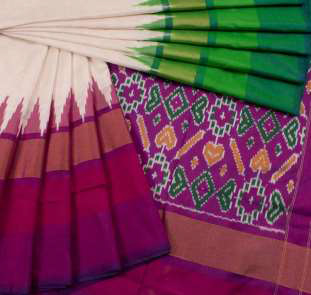
Its is known for its geometric pattern this double ikat textile is made in Bhoodan Pochampally, Telangana.
Banarsi Silk
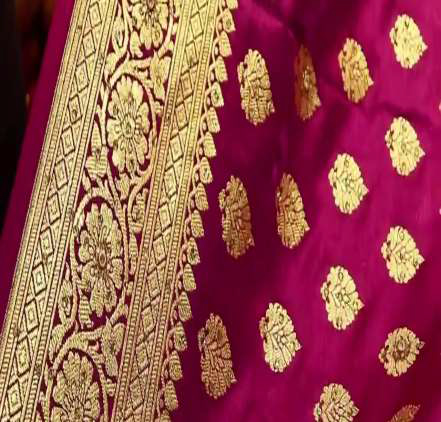
It is one of the finest silks made with brocade, a slightly raised, woven pattern on silk with Zari yarn. Its exquisite gold patterns embody royalty.
Kanjeevaram Silk
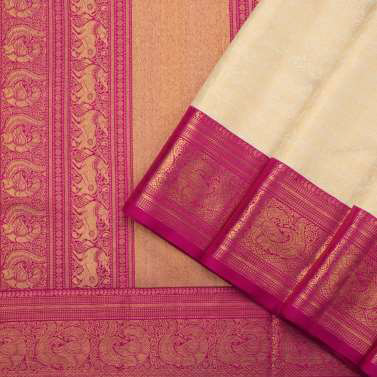
The most expensive silks made in India. It is characterised by gold borders with zari work which gives the luxurious feel to the fabric.
Chikankari
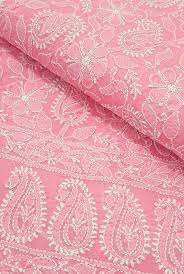
This beauty of chikankari lies in its simplicity. The fabric is block printed and then chikan stiches are embroidered along the outline, mostly using white on white or pastel shades.
Chanderi Silk
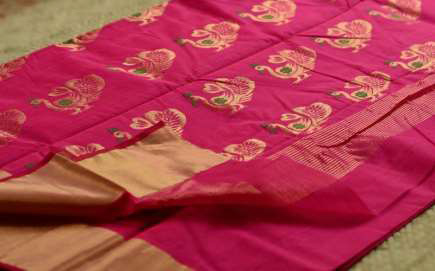
The traditional saree of Madhya Pradesh is known for its light, sheer texture fabric. In Mughal period it was known by the name ‘woven air’.
Mysore Silk
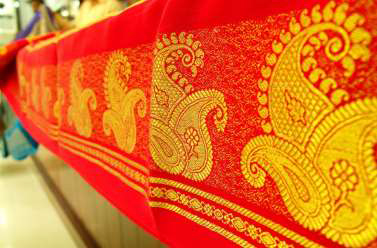
Mysore silk saris are expensive as its zari, which has 65% pure silver, 0.65% gold and silk. It is stunning intricate design which truly feels like luxury.
Kosa Silk
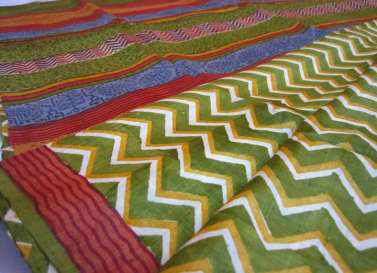
It is woven in parts of Maharashtra and Chattisgarh. Kosa is refined version of Tussar silk. The extraction and weaving process can take minimum three to five days. These were just few of the magnificent textiles of India.
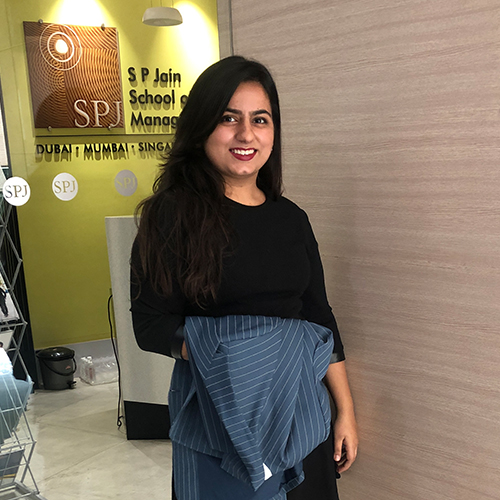 Janvi Gandhi
Janvi Gandhi


Comments
No comments yet.
Add Your Comment
Thank you, for commenting !!
Your comment is under moderation...
Keep reading luxury post